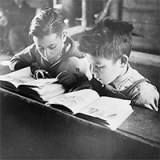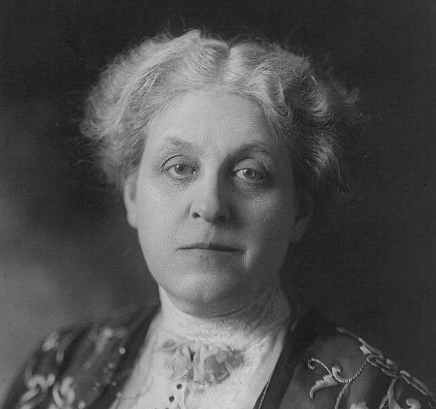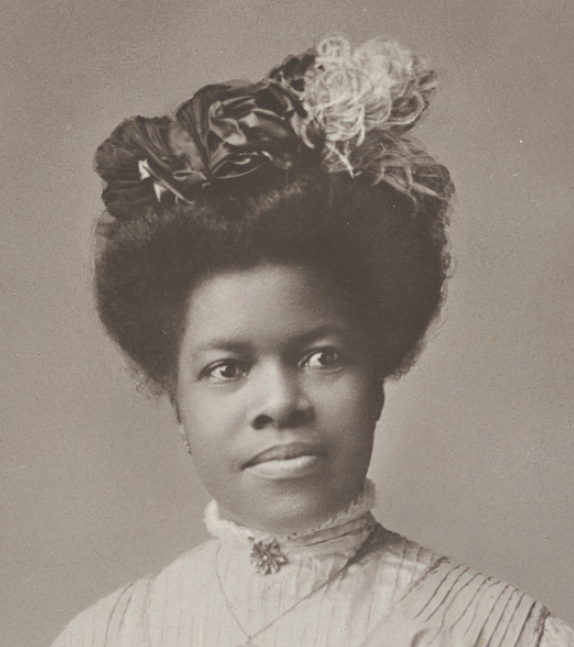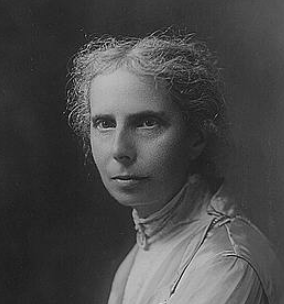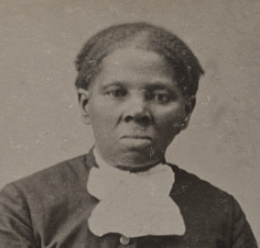Replies displayed by creation date
Hello to all! My name is Margaret and I just completed my first year of teaching History at a South Shore Charter Public School. The experience was both challenging and fulfilling. The interaction with high schools students was very different from my experience teaching at the college level. Honestly, each day was a learning experience for all of us. Most of my classes were diverse and each student brought a unique perspective. Many of my learners were ELLs or flepped ELLs. The school has learners or family members from Haiti, Kenya, Ukraine, Nigeria, and Puerto Rico to name a few. Thankfully, I had the assistance of an ELL specialist who worked with students outside the classroom on my assignments. In addition, I had students that needed scaffolding. Many of the modifications worked for both sets of students. Special needs students were also supported outside of the classroom in a directed study
I especially liked the article by Zacarian because it focused on group work. I found that it was easy for some ELLs to withdraw, unless they were paired with helpful students or prompted by the teacher. Other ELLs were able to show what they know because they are able to have a discussion which allows them to use BICs, as well as CALPS. Occasionally, I would get an ELL that hated to write, but loved to talk. These students would shine during the group work. Zacarian’s article highlighted the effectiveness of a contribution tally sheet, which would ensure everybody’s participation. (Zacarian 92). I will add this in the future.
Depending on the subject, it was clear that there were varied gaps in background knowledge. This year it was helpful using additional books from lower grades because they had more illustrations and charts. Zacarian’s suggestion that tasks be simpler or modified was given to me by the specialists. (Zacarian 100). Their job was easier with the help things like a Guided Reading Workbooks. In addition, quizzes and tests were often modified with visuals.
The most difficult assignments to parse through with students that needed support were those that required analysis of primary source documents or other research. As De Oliveira noted, a focus on simple nouns and verbs can help students analyze the text and causal relationships (De Olivera 10). This was more difficult than the other modifications and required extra time with students during focused instruction time, directed study or after school. I took this class for further insight.
Hi everyone. My name is Tracey Kida. I am a middle school music and chorus teacher. I have been teaching for 16 years and I have been with the Palmer Public Schools for 11 years now. I have worked with a wide variety of learners from very gifted to severe special needs. I have only worked with a few EL students in the past. I was difficult attempting to find a way for those students to benefit from my class, when it was difficult to communicate with them. I am hoping this class with provide me with some strategies to make my classroom more user-friendly for EL students in the future.
I was really surprised by some of the first articles. I only answered one question correctly on the quiz. Some of the answers were very surprising. The articles about the social studies classes put me off at first since I felt the content would not related to my subject, but as I got into the articles I found them surprising useful. I especially liked the unit on the history of the bicycle. The detailed steps in the lesson were very helpful and I do believe I can use them as a guide to tailor my own lessons to fit my curriculum. I am looking forward to trying it. 6 - 8 Art/Music Bilingual Education/ESL
Greetings! My name is Nancy Tracy, long term EL Teacher and now EL Coordinator at EdAdvance, Litchfield, CT. This year I am planning to continue teaching part-time, as well as serving regional school districts in supporting their English Learners. Have been enjoying this course, learning a great deal about Inguiry.
Testimonials
- I love that there is new info on the site daily!
- I had a wonderful time working with the Library of Congress and learning about all of the resources at my fingertips!
- The TPS Teachers Network has an equal exchange of ideas. You know it's not a place where you're being judged.
- My colleagues post incredibly fine resources and ideas....the caliber of the suggestions and resources make me feel that I take a lot from it. It's a takeaway. And I hope that I can give back as much as I get.
- Going into this school year, I have a fantastic new resource for my own instruction and to share with my colleagues!
- I am very glad that I discovered the TPS Teachers Network through RQI. Great resources can be hard to find out there on the internet!

